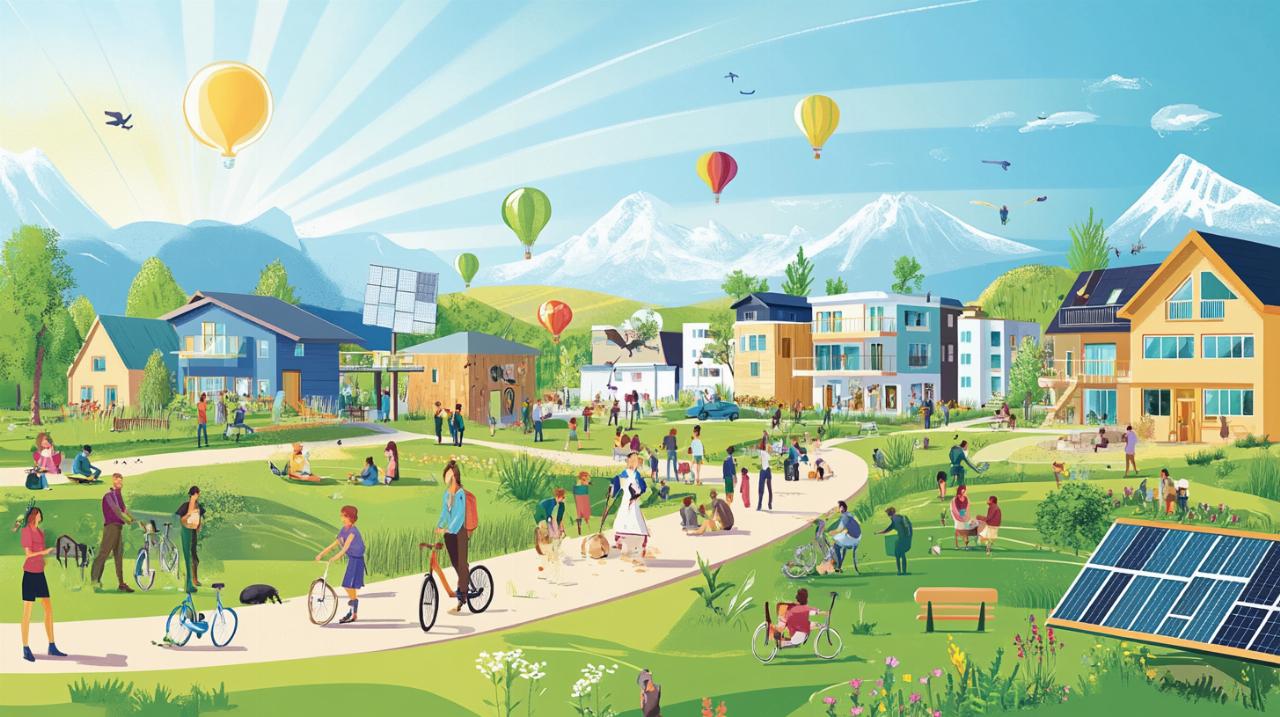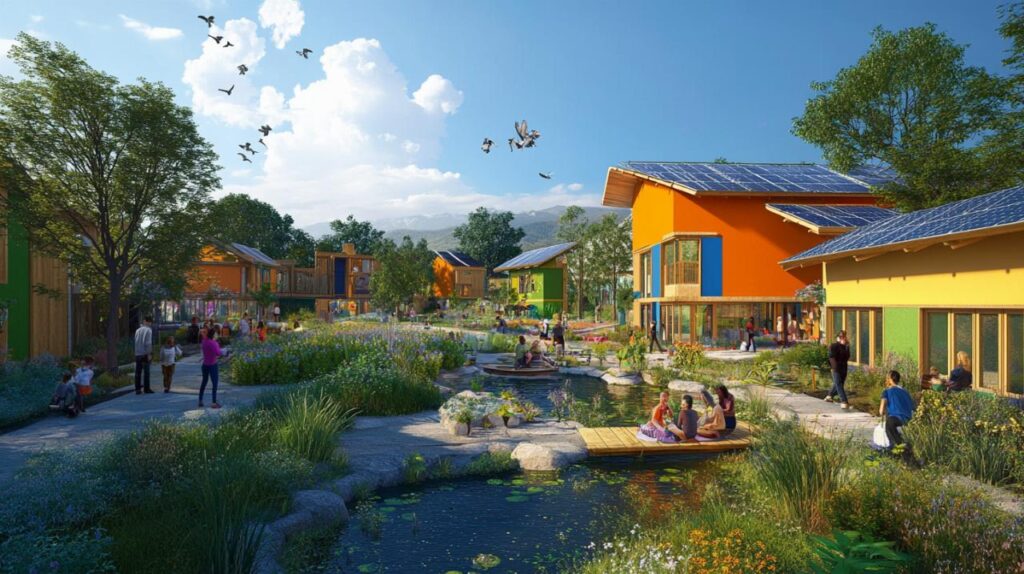Across the United Kingdom, a quiet revolution is taking shape in neighbourhoods and boroughs where residents are reclaiming agency over their environmental futures. These grassroots efforts, rooted in collaboration and local knowledge, are redefining what it means to live responsibly in an era of climate uncertainty. From reclaimed green spaces to shared resource networks, the momentum is building for a new model of sustainability that places communities at the heart of change.
Grassroots Strategies for Embedding Eco-Conscious Practices in Local Neighbourhoods
At the core of many transformative environmental initiatives lies the principle that ordinary people, working together, can achieve extraordinary outcomes. Local neighbourhoods are increasingly demonstrating that sustainable living initiatives in communities need not wait for top-down directives or large-scale institutional support. Instead, they are crafting bespoke solutions tailored to their unique circumstances, whether addressing waste management challenges, improving air quality, or enhancing biodiversity within urban settings.
Collaborative consumption models and community resource sharing
One of the most compelling innovations emerging from local communities is the shift towards collaborative consumption. Rather than each household independently purchasing tools, equipment, or even energy, neighbourhoods are pooling resources to reduce waste and lower carbon footprints. Tool libraries, for instance, allow residents to borrow rather than buy items they may use only occasionally, cutting down on manufacturing demands and landfill contributions. Similarly, renewable energy collectives are gaining traction, enabling groups to negotiate better rates for solar panel installations or wind energy subscriptions whilst simultaneously driving down carbon emissions. In regions where such collectives have taken root, measurable reductions in environmental impact have been observed, with some areas reporting significant drops in emissions within just a few years. These models not only make sustainable practices more affordable but also foster a sense of shared responsibility and civic engagement that strengthens the social fabric of neighbourhoods.
Neighbourhood-led green spaces and urban gardening schemes
Urban farming and community gardening have become powerful tools for reimagining city landscapes. In areas where access to fresh produce is limited, residents have transformed vacant lots, rooftops, and underutilised patches of land into thriving agricultural hubs. These gardens do more than provide food; they serve as gathering points for educational outreach, intergenerational knowledge exchange, and the cultivation of environmental awareness. By employing sustainable building materials and techniques, such as composting and rainwater harvesting, these projects demonstrate how modest interventions can yield substantial benefits. Moreover, the presence of green spaces within densely populated areas helps mitigate the urban heat island effect, improves air quality, and supports local wildlife conservation by creating habitats for pollinators and other species. The aesthetic appeal of these gardens also contributes to community pride and well-being, proving that environmental initiatives can be as beautiful as they are functional.
Building resilience through community-driven environmental projects

Resilience is not simply about weathering crises; it is about building the capacity to adapt, innovate, and thrive in the face of ongoing challenges. Community-driven environmental projects embody this ethos by embedding long-term thinking into their design and execution. Rather than relying on short-term fixes or fleeting trends, these initiatives prioritise durability, inclusivity, and measurable social impact.
Long-term impact assessment of local sustainability programmes
Evaluating the success of environmental initiatives requires more than anecdotal evidence; it demands rigorous, ongoing assessment. Communities that integrate feedback mechanisms, data collection, and participatory design into their projects are better positioned to refine their approaches and scale their impact. Research funding and multidisciplinary collaboration play crucial roles here, enabling local groups to access expertise from fields ranging from urban planning to social sciences. For example, recycling programmes that incorporate financial incentives and partnerships with local businesses have proven more effective at sustaining high participation rates over time. Similarly, habitat protection efforts that leverage technological innovation, such as satellite tracking or AI-powered monitoring, have enhanced the ability to safeguard endangered species and ecosystems. By focusing on long-term outcomes rather than immediate gains, these programmes ensure that their contributions to climate resilience, biodiversity, and pollution control endure well beyond the initial phases of implementation.
Empowering residents to champion environmental stewardship
True sustainability cannot be imposed from above; it must be nurtured from within. Empowering residents to take ownership of environmental stewardship is perhaps the most vital ingredient in the success of community-led initiatives. Educational workshops, for instance, equip individuals with the knowledge and skills needed to reduce their carbon footprint, engage in zero waste practices, and advocate for policy changes at the local level. Schools are increasingly integrating environmental topics into their curriculums, ensuring that the next generation grows up with a deep understanding of ecological interdependence. Meanwhile, collaborations between grassroots organisations, businesses, and government bodies are creating networks that amplify the reach and effectiveness of local projects. Whether through river and ocean cleanups that engage volunteers in hands-on conservation or through energy collectives that democratise access to renewable power, these efforts demonstrate that when communities are given the tools and support they need, they become powerful agents of change. The ripple effects extend beyond environmental outcomes, fostering social cohesion, enhancing food security through urban farming, and even influencing broader conversations around affordable housing and sustainable housing design. In this way, the community becomes both the beneficiary and the architect of a more sustainable, resilient future.

